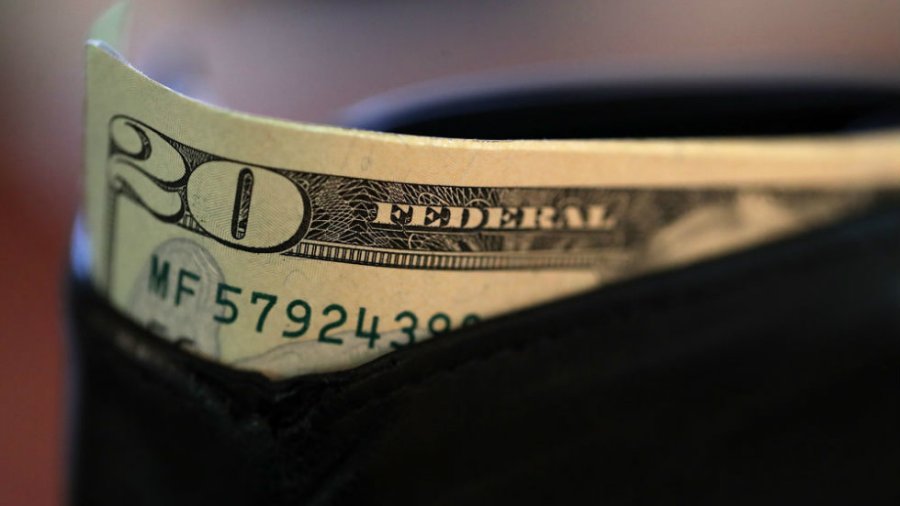“You can take a horse to water, but you can’t make him drink.” The old adage keeps coming to mind when thinking about how our leaders have been grappling with the economy during the COVID-19 recession. I thought of it again during last Thursday night’s Senate debate, which focused on President Biden’s $1.9 trillion stimulus package, and whether the amount was too large, just right, or appropriately targeted.
Yes, the Senate did vote to go forward with the rescue package by way of reconciliation, a step which should enable the official bill to pass soon — but the Senate also sent a message that the funds should to be targeted better toward those individuals whose need is greatest. This time, it appears that legislators are following the data when considering the question.
The numbers are fairly clear.
Sending out checks, no matter the size, does not necessarily lead to increased consumption, which is one of the stated purposes for getting the money out the door. We know that a lot of people are hurting for money to pay rent, buy food, and take care of hearth and home. But if our grandchildren are going to pay off the debt we incur by helping folks now — and that appears to be the case — we need to make sure that any money sent out is effective. After all, the package is called a stimulus. But in order to stimulate, the money has to be spent, not put in savings.
Consider a recent Brookings Institution chart of the week, which is relevant to all of this. It shows what happened to U.S. total personal income and spending in 2020, in association with the massive flow of stimulus and rescue funds that made their way into the purses and billfolds of the American public in April. As the money flowed, a mountain of higher personal income was formed. There is no question that the horse was taken to the water.
But a second look tells us there was also a sharp decline in something else: personal consumption. Evidently, the horse saw the water, but didn’t drink all of it. The difference between the two activities — income and consumption — is savings. Of course, there are several reasons for tucking money away. First off, lots of places where we’d ordinarily spend those welcomed dollars were closed. Then, there was a significant fear factor at play, which was concern about health, jobs, and what might happen next.
So what really happened to the stimulus money? Recent studies indicate that perhaps 60 percent of it was spent, but a large part went to pay off credit card debt. As some (myself included) have noted, another chunk got tucked into savings accounts and left in checking accounts, perhaps as a precautionary balance to keep in uncertain times. Many Americans seem to have decided that squirreling away an unexpected sum was the prudent choice. Unspent money does not stimulate the economy.
A quick look at current Fed data tells us that those savings and checking accounts are still swollen to unprecedented levels. On this basis, it might not make a lot of sense to ship out another load of money, at least to the same mix of people.
Now that the Senate has moved, here’s some guidance that I hope President Biden will consider in completing the final stimulus package: Money should go first and foremost to lower-income Americans who are out of work, and then to those who may be still working but are earning at a low level.
Funds should not be heavily targeted to those whose household incomes exceed the national median level, which in 2019 was $68,703. Perhaps $75,000 would be a good upper limit, instead of the $200,000 that’s been proposed.
Any stimulus distribution belongs with the lower half of the income distribution. Maybe, in terms of the adage, those horses would see the water and take a deep drink.
Bruce Yandle is a distinguished adjunct fellow with the Mercatus Center at George Mason University and dean emeritus of the Clemson College of Business and Behavioral Sciences.
